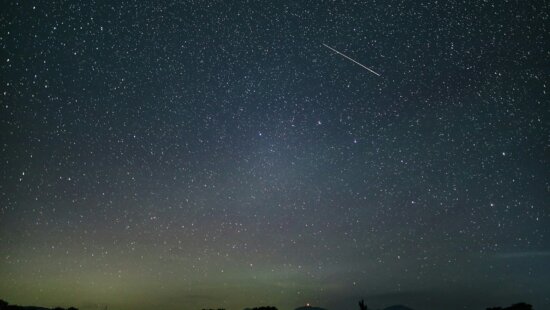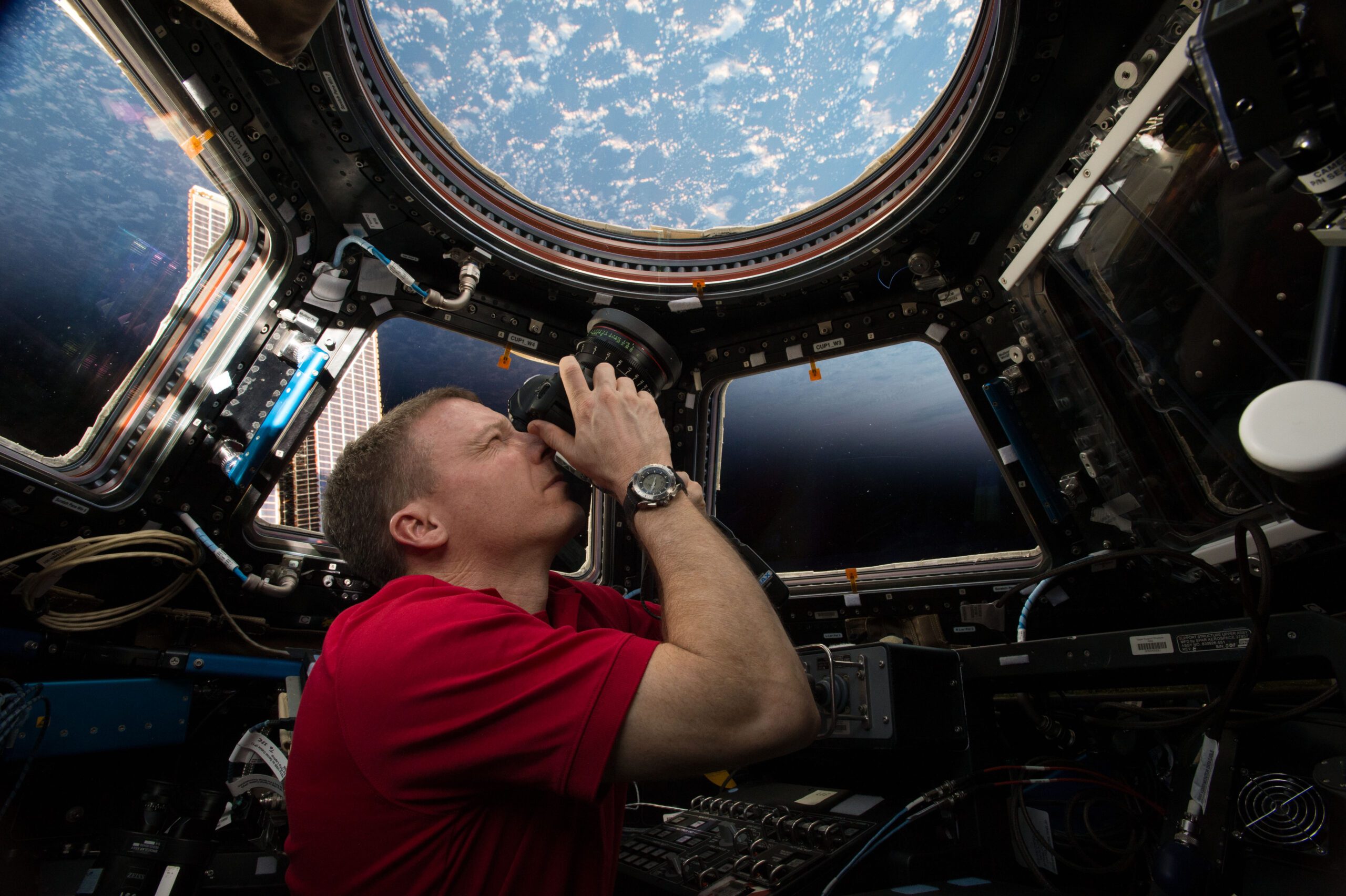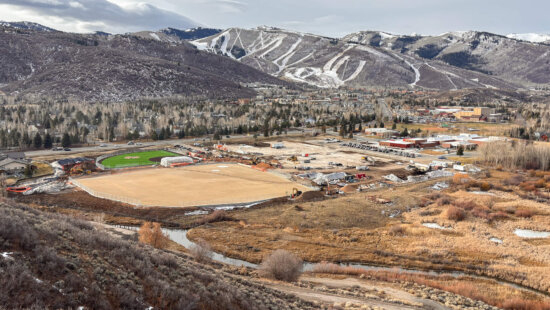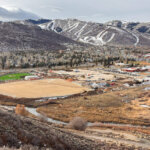Environment
Three meteor showers converge in the skies above Park City this week
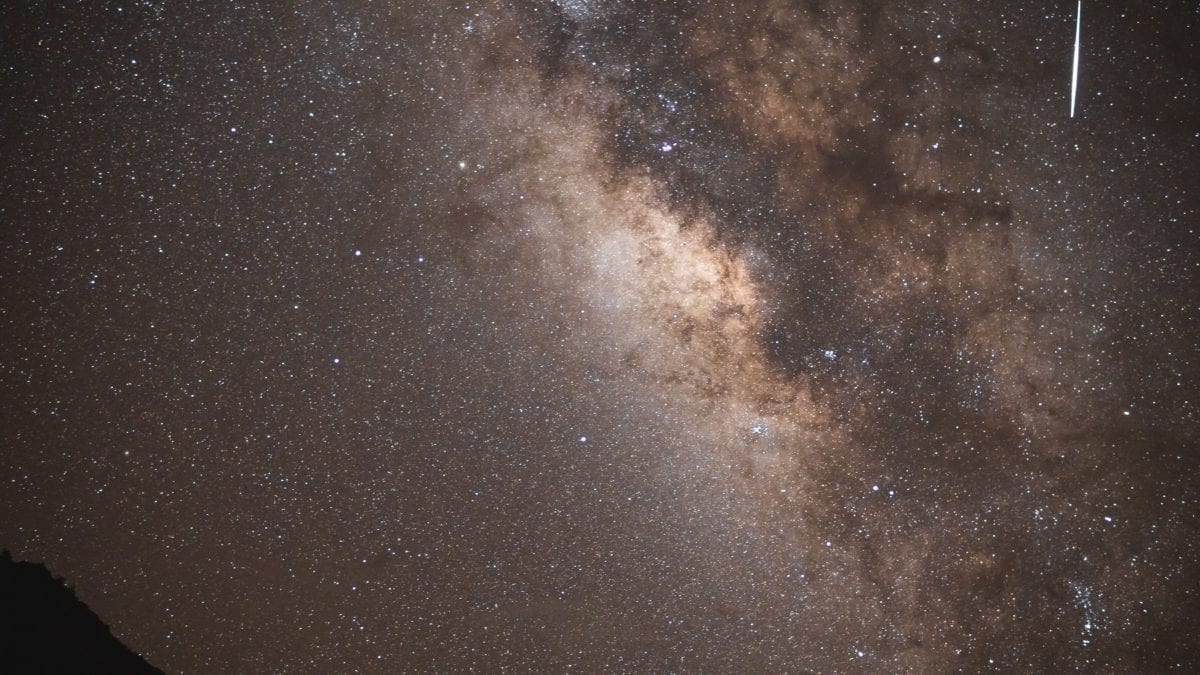
Night sky with stars. Photo: Brannon Naito
PARK CITY, Utah – Keep your eyes on the night sky this Tuesday, July 30, as it will be full of shooting stars. The Museum of Science says three major meteor showers will all converge to put on a show.
The Perseids, the Alpha Capricornids, and the Delta Aquariids are the three scientists are talking about.
The Delta Aquariids occur every year in North America’s late summer. This year, peak activity will happen early Tuesday morning, when sky viewers can expect 15 to 20 meteors visible per hour in the Northern Hemisphere under dark skies, the American Meteor Society says.
Around the same time, the Alpha Capricornid meteor shower should produce around five meteors per hour, but they are expected to be the brightest of the three.
The Perseids, another meteor shower, will peak on the nights of Aug. 11–13, producing up to 100 meteors per hour.
Scientists explain that what happens in a meteor shower is, essentially, trains of cosmic debris — called meteoroids — enter Earth’s atmosphere at breakneck speeds and along routes parallel to one another as they travel over the planet.
Meteor showers are usually most visible between midnight and pre-dawn hours.
It’s easier to see shooting stars under dark skies, away from city lights. Meteor showers also appear brightest on cloudless nights when the moon wanes smallest.
What is a meteor shower?
Most meteor showers originate from the debris of comets. The source of the Delta Aquariids is thought to be from the comet 96P/Machholz. According to the Associated Press, the Alpha Capricornids originate from the comet 169P/NEAT.
When rocks from space enter Earth’s atmosphere, the resistance from the air makes them very hot. This causes the air to glow around them and briefly leaves a fiery tail behind them — the end of a “shooting star.”

















